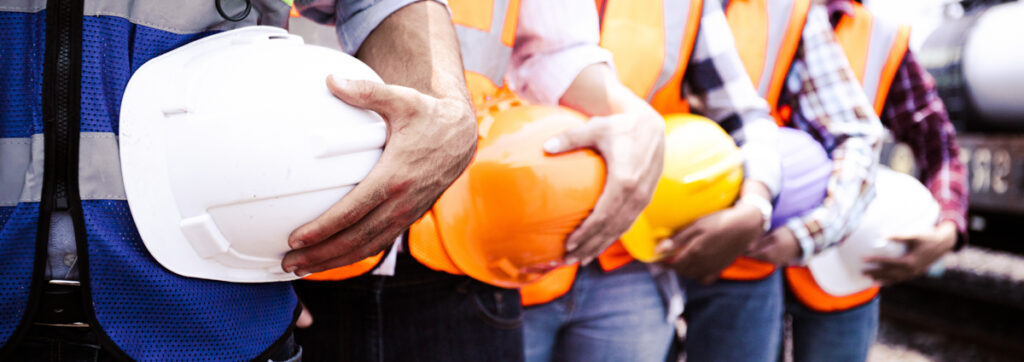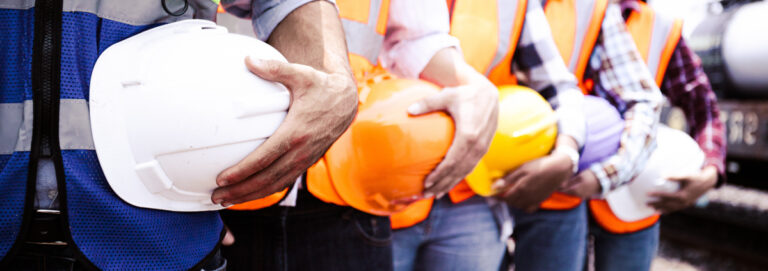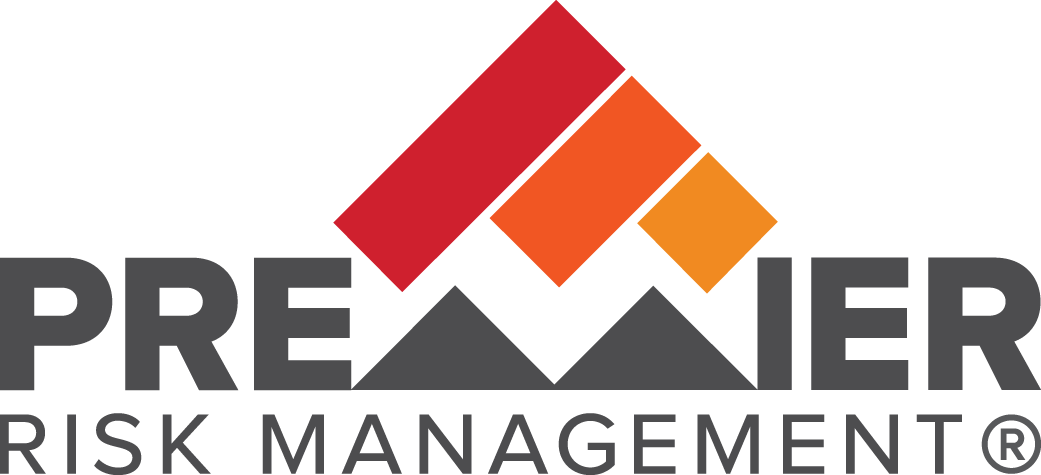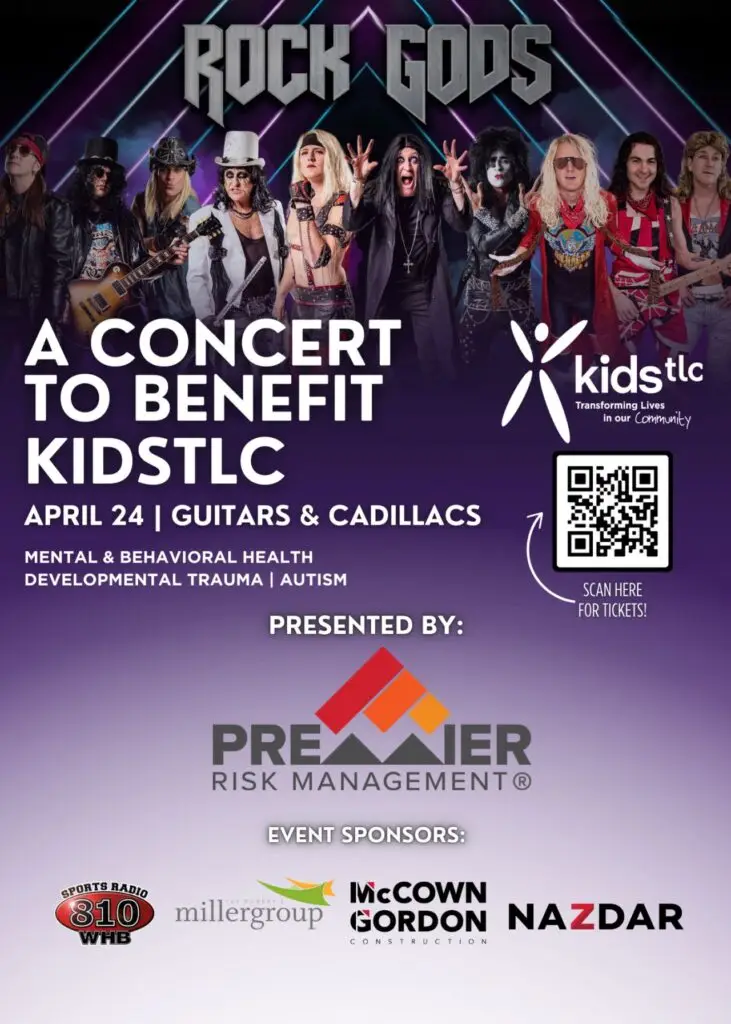- Workplace Safety
Type I Hard Hats vs. Type II Helmets: A Comprehensive Comparison

Over the past several years General Contractors and Safety Professionals have pushed the use of a newer style of hard hat for their workers and trade partners. The traditional type of hard hat, Type 1, is slowly being replaced by Type 2 helmets. Evolution and modification of personal protective equipment (PPE) is not in and of itself a bad thing. Employers should always look for ways to improve safety and offer different types of PPE for employees when they become available. In my experience, employers may want the latest and greatest things before considering the need and exposures to employees on a jobsite.
OSHA Standards: Understanding 29CFR 1926.100
In the construction industry today, many general contractors and subcontractors require all employees to use a hard hat in conjunction with other types of PPE. The reason for this requirement is due to OSHA standard, 29 CFR 1926.100(a) which states the following:
Employees working in areas where there is a possible danger of head injury from impact, or from falling or flying objects, or from electrical shock and burns, shall be protected by protective helmets.
For most employees, there is a more likely than not chance of being exposed to a falling object while working on a construction project. Employers deciding which type of hard hat to use can reference additional OSHA standards under 1926 Subpart E. The standard refers to American National Standards Institute (ANSI) Z89.1 as the consensus standard incorporated by reference. Under Chapter 10, “Test Methods”, there are four categories:
- Flammability — hard hats must be able to resist fire damage.
- Force transmission — construction helmets must be able to reduce the force of an impact from a falling object to the top of a wearer’s head, even at high and low temperatures.
- Apex penetration — headgear must resist penetration, even at high and low temperatures.
- Electrical insulation, when applicable — helmets must withstand exposure to specific amounts of electricity without catching fire while allowing only a marginal amount of electricity to seep through.
The Debate on Type 2 Hard Hats: Are They Truly Safer?
There are many articles written by local and national safety organizations on the benefits of deploying a Type 2 helmet. They cite side and back of head protection as a large reason to consider them for use in the field. They also reference the manufacturer installed chin strap that helps keep the hard hat always positioned on the head of an employee when clasped together correctly.
Proponents of the hard hats will note there are vent holes designed into them and allow for cooling. I have tried these hard hats on, and I challenge anyone who thinks these are effective to don in the Phoenix metro area in July. When temperatures regularly exceed 110 degrees Fahrenheit in the shade with 35% humidity. This may not seem bad to most, although employees monitored communicated, they were warmer with the Type 2 helmets donned.
While there are many pro Type 2 helmets articles and research generated, none provide studies that compare the specific location of a head strike and potential head injury that differentiates a strike on the top of the head or to the other areas of concern. Therefore, any claim that a Type 2 is safer than a Type 1 hard hat is purely speculative.
Head Protection Compliance: Where Should Construction Companies Focus?
U.S. Bureau of Labor Statistics found that only 16% of construction workers who suffered a head injury wore hard hats—despite the OSHA standard and individual employer/contractor requirements. They also stated that 25% of construction injuries between 2003 and 2010 resulted from Traumatic Brain Injury. What these and other statistics and studies fail to consider is any real difference between Type 1 and Type 2 head protection. They simply point to the necessity of head protection when working in an environment where being struck in the head is a high probability.
16% of workers who suffered head injuries were wearing hard hats, which means 84% were not. Let me phrase that a different way. Out of every 100 head injuries, 84 of them were either the direct result of, or made worse by employees not following basic safety rules. With numbers like that, let me ask you, where you would spend your money as a construction company owner? Would you run out and buy the latest trend in PPE, or would you concentrate your money on employee compliance and effective supervision?
Hierarchy of Controls: The Role of PPE in Workplace Safety
While we are talking about PPE, it is important for employers to evaluate the jobsite to determine what types of hazards will be present thus exposing their employees. Hard hats have long been associated with construction workers and for good reason, falling objects are a real hazard that happens all too often. To determine the risk to an employee, an employer may consider using the Hierarchy of Controls which is a systematic approach to safety.
There are five elements to the Hierarchy of Controls, and they are Elimination, Substitution, Engineering, Administrative, and Personal Protective Equipment. While a hard hat constitutes PPE, it is the lowest form of control in the hierarchy and employers should also consider why falling objects exist on the jobsite and what areas employees may be exposed to them if any. A review of a few websites online for national contractors, I found that the Type 2 helmets was the preferred choice. One of them references an incident involving an employee who was wearing a Type 2 helmets and because of it did not suffer from a potentially hazardous situation after a fall. I hope in their incident investigation that someone asked why the employee fell in the first place well before his hard hat was tested in action.
Understanding risk is important in any business and deploying a strategy that eliminates, substitutes, engineers, or adds administrative controls could have prevented the employee from falling. I have worked with employers in the past to develop ways to look for hazards well before employees are exposed to them and offer solutions that eliminate the risk with great success.
A Call for Evidence-Based PPE Mandates
Let me conclude that I am not opposed to appropriate PPE for employees. I am not opposed to innovation or that it may be required to safely work. However, I am opposed to PPE that is pushed onto an employer because it is the latest and greatest by a collection of individuals and groups. In any time, an employer will be faced to make necessary decisions on all aspects of a job including PPE. Currently the average cost (with large bulk buying) for Type 1 hard hats is approximately $15 with a chin strap installed by the manufacturer. There is a noticeable difference in cost for Type 2 helmets that are between $65 and $100.
I believe hard hats are a must on a construction jobsite and the Hierarchy of Controls are used when looking at the workplace for issues before they injure an employee. If you or your company would like to learn more about developing a strategy to eliminate, substitute, engineer, or implement an administrative control well before PPE, reach out to Premier Risk Management!
Share the Post:
About the Author:

Dale Gillaspy
Mr. Gillaspy, Vice President of Training Development at Premier Risk Management, brings over 17 years of health and safety experience, complemented by national paramedic certification. With a background in fire sciences from Arizona State University, he excels in engineering controls for construction safety. As an authorized trainer for the U.S. Department of Labor and a recognized Fire Inspector II in Arizona, he guides employers on OSHA compliance and conducts fire investigations. He is dedicated to the field, with affiliations to professional bodies like the American Society of Safety Engineers.
View more articles by Dale Gillaspy
Table of Contents
Subscribe to Get Updates and Insights Delivered to Your Inbox
Related Posts

Workplace Safety
Type I Hard Hats vs. Type II Helmets: A Comprehensive Comparison
Over the past several years General Contractors and Safety Professionals have pushed the use of a newer style of hard hat for their workers and
Tagged OSHA, PPE, workplace safety

